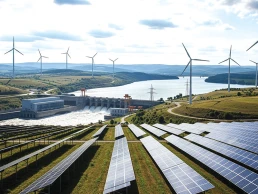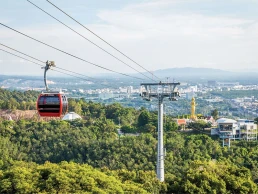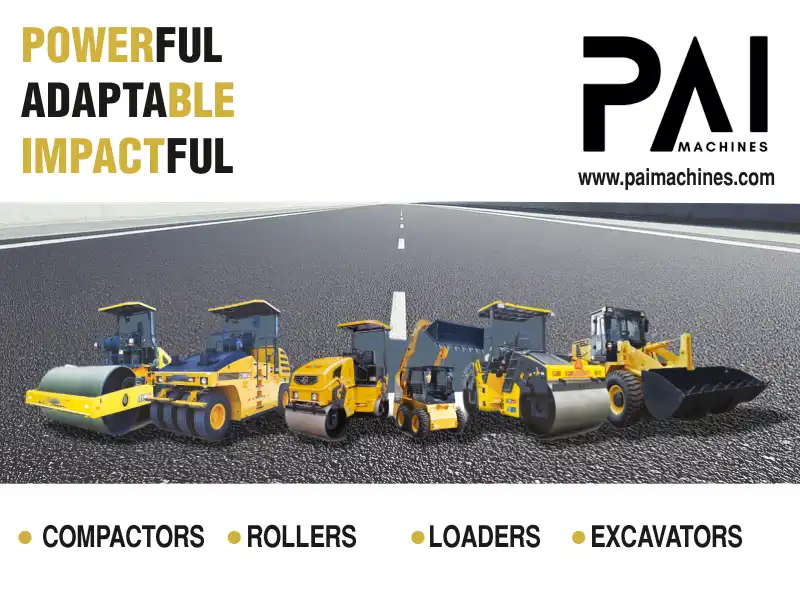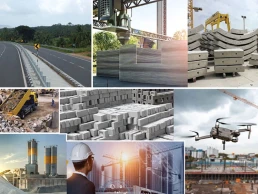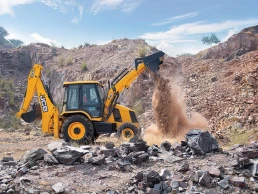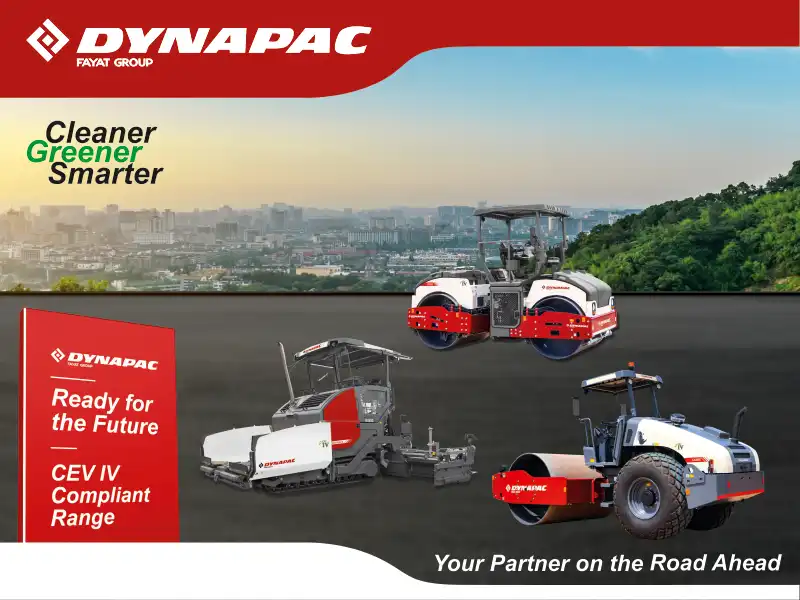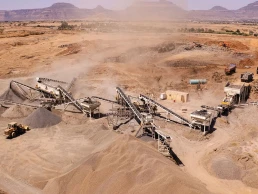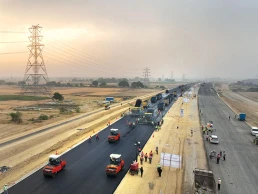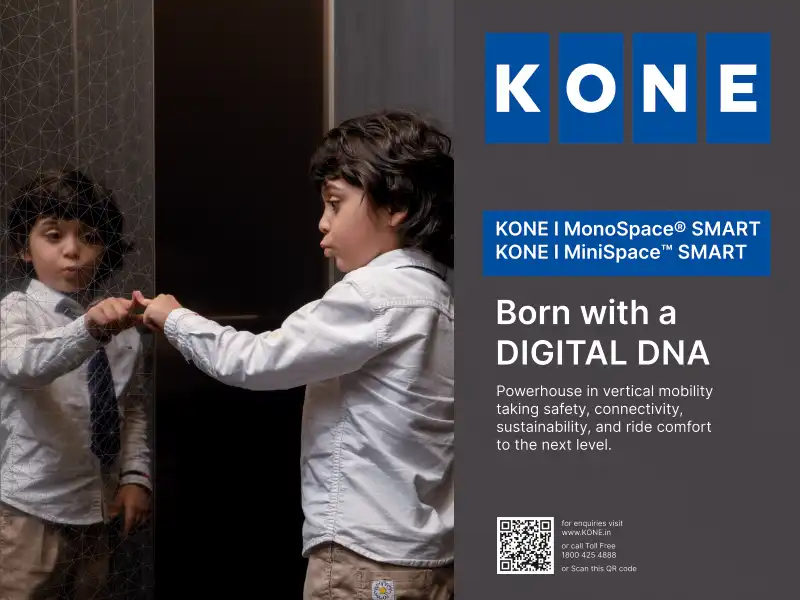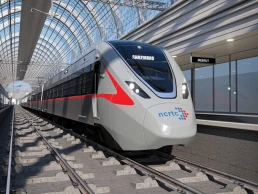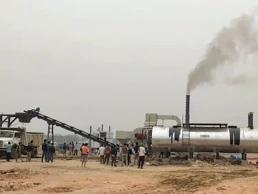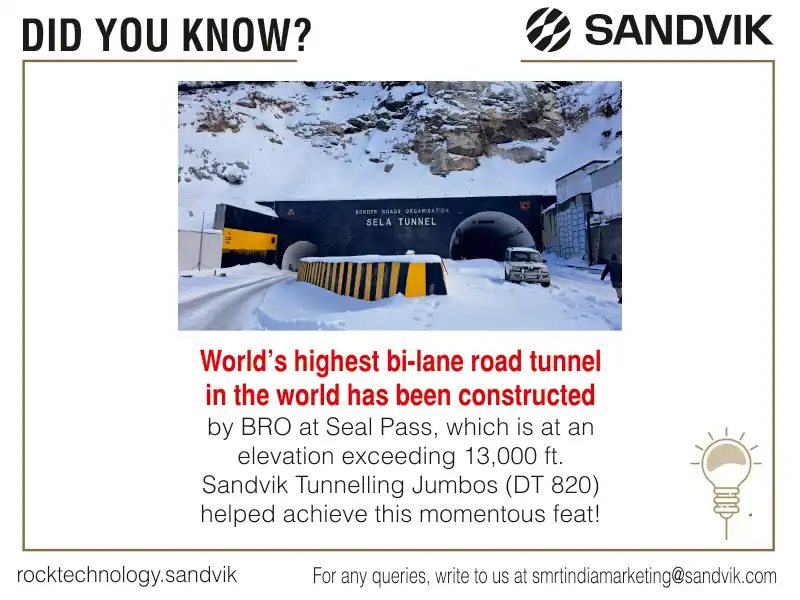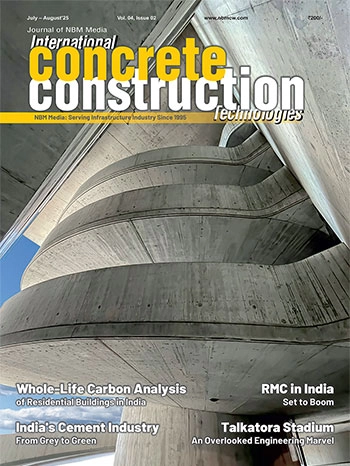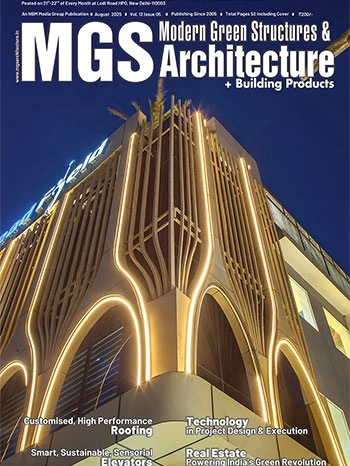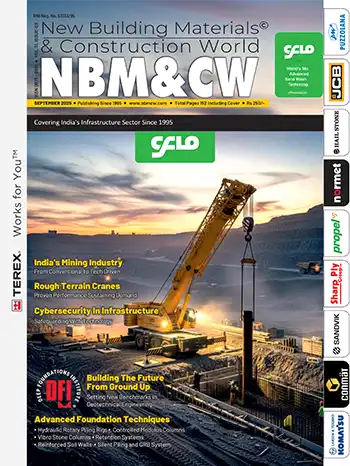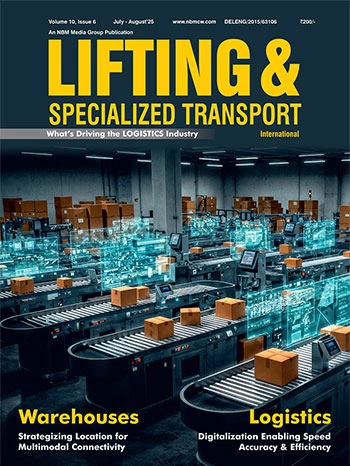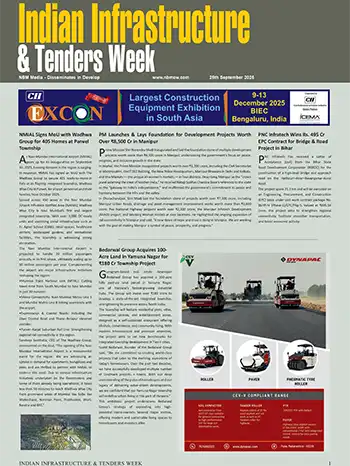Prestressing Concepts, Systems & Technologies in Bridges
Vinay Gupta, Director & CEO, Tandon Consultants, New Delhi
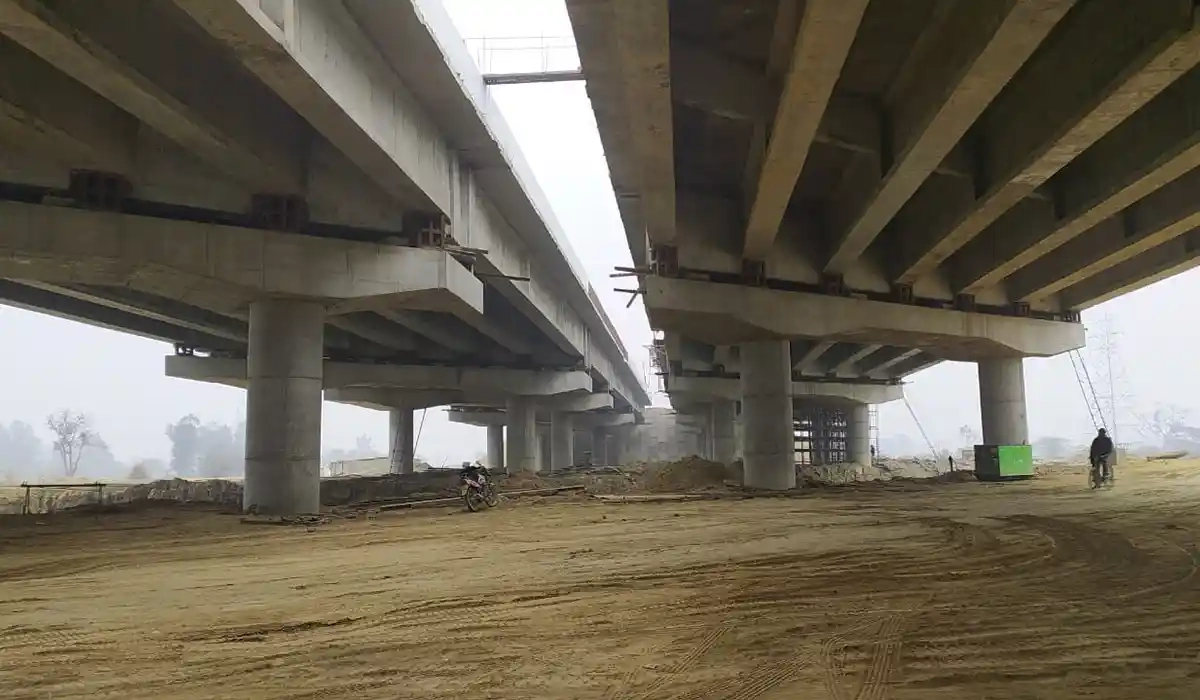
Prestressing works as an active force in the structure, opposite to applied tensions. There are several types of prestressing such as Internal Prestressing, External Prestressing, Bonded Prestressing, Unbonded Prestressing, etc. Pre-tensioning and Post-tensioning are some of the broad forms of prestressing. Protection of prestressing cables / strands is more importantly needed as steel under higher stresses is more susceptible to corrosion. Prestressing results in sleeker, more crack free, and durable structures that deflect less and entails a higher speed of construction. Building industry is also using prestressing for its distinct advantages.
The concept of prestressing started in the 1940s. Since the start, there have been various doubts about prestressing as a reinforcement. In 1970, UK had banned external unbonded prestressing after detecting some problems with it. The ban was later lifted once proven external unbonded prestressing alright. In 1992, UK banned prestressing altogether, seeing the problems of corrosion, etc. This ban was lifted four years later after firming up the grouting specifications.
Published on:
Published in: NBM&CW May 2023
Share:
We Value Your Comment

































